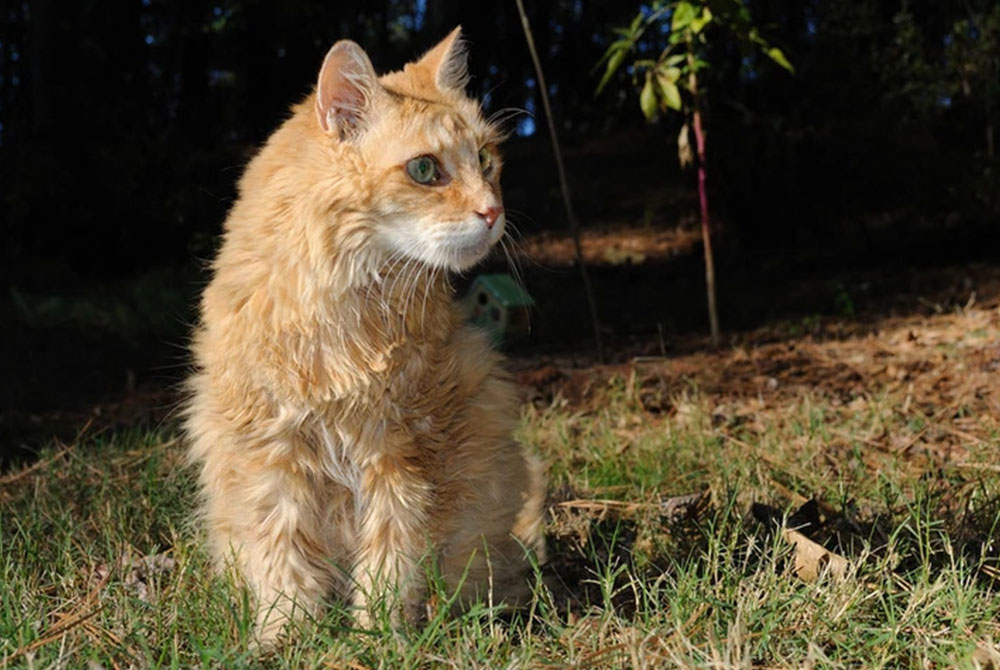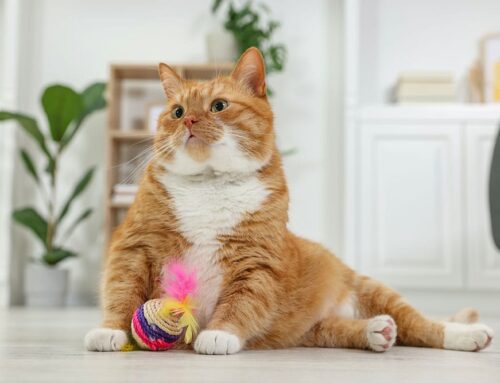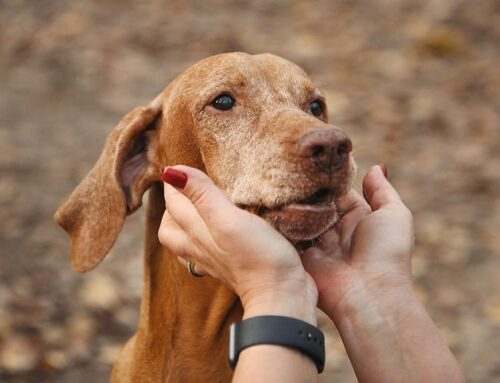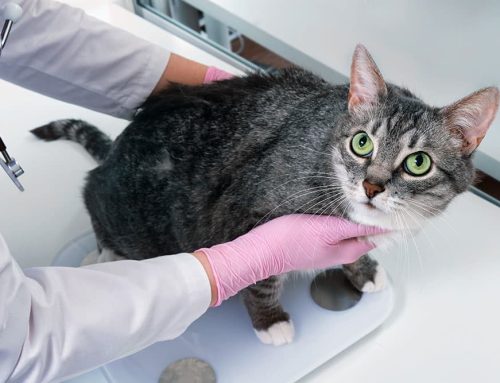No one wants their pet to be in pain. Some signs of pain are obvious like limping or vocalizing. More often though, the signs are subtle and can be easily confused with normal aging. The most common signs of pain that you may not associate with pain include: excessive grooming, panting, poor appetite, shyness and aggression and general behavior changes.
OVER-GROOMING – Dogs and cats often excessively groom in response to pain. It can be very soothing to dogs to lick over a joint that hurts. Cats have a different mode of operation with their over grooming and will groom to the point of licking themselves bald in one or more areas. You may not even notice your dog or cat licking, they can be very secretive about it. If you see a brown discoloration on the fur of your dog (salivary staining) you can suspect they are licking that area. It can be hard to catch your cat over grooming, but the bald spots are usually obvious.
PANTING – Panting can be a sign of many conditions normal and abnormal, but if you notice your pet is panting all the time it is likely that that they are in pain or uncomfortable in some way.
POOR APPETITE – If your pet hurts they may not eat well. This can be due to dental or mouth pain or any type of discomfort.
SHY OR AGGRESSIVE – When pets become unusually shy or aggressive they may be reacting to pain and trying to avoid it. You may hear people lovingly referring to their pets as a grumpy old guy/girl, but it’s likely that they are grumpy because they hurt.
GENERAL BEHAVIOR CHANGE – Other general behavior changes to look out for include avoiding stairs, reluctance to walk on slippery floor surfaces, not jumping up as before (especially cats), stiffness or arched back, trembling, sitting in an unusual position and having unexplained accidents in the house.
When you know what to look for to recognize pain you can take steps to intervene. Contact your veterinarian for an evaluation and intervention plan which may include medications, environmental modifications, supplements, laser treatment, or non-traditional therapies like acupuncture or chiropractic. Treatment usually works best if several therapies are combined. Even if your pet’s condition can’t be cured, chances are you can improve her quality of life and keep her happy and comfortable.








Leave A Comment